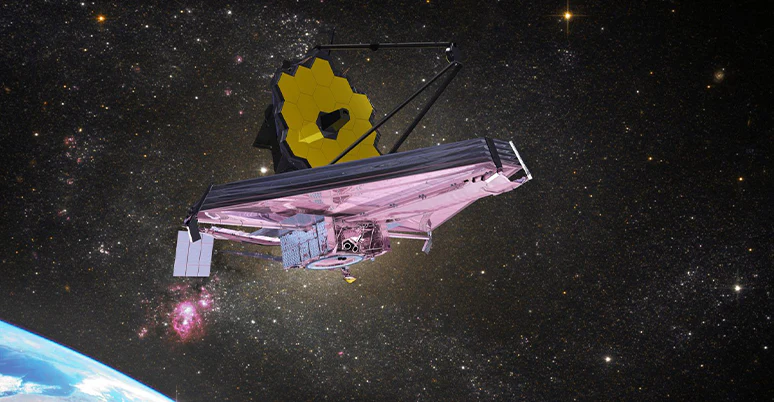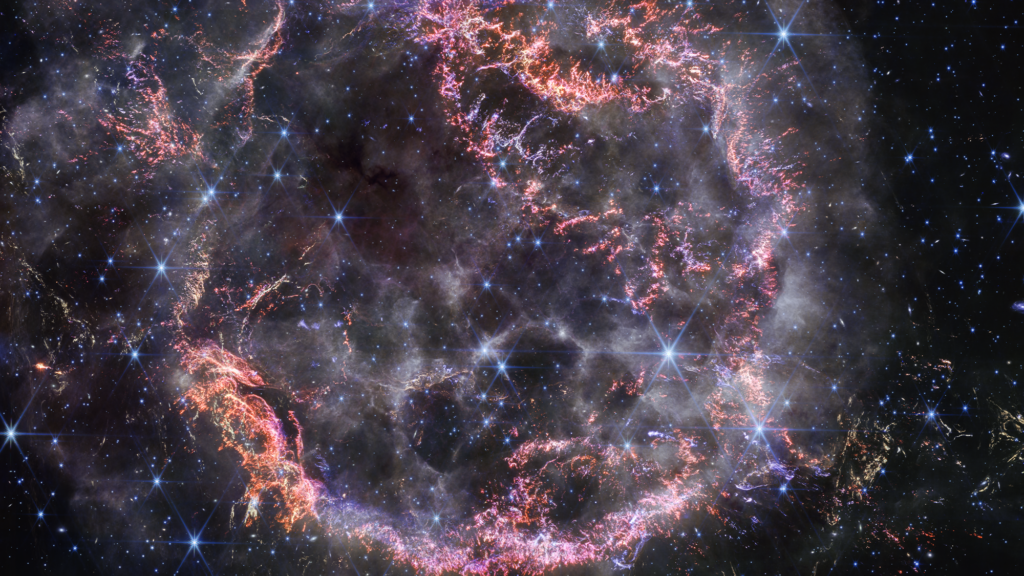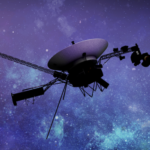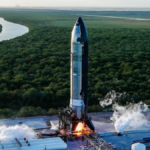Now Reading: How Satellites Track Stars to Navigate in Space?
-
01
How Satellites Track Stars to Navigate in Space?
How Satellites Track Stars to Navigate in Space?

The vast expanse of space presents a unique challenge for spacecraft navigation. Without roads, landmarks, or atmospheric reference points, determining a satellite’s precise position and orientation requires innovative engineering solutions. One of the most reliable and advanced methods for achieving accurate navigation in space is by tracking stars. Known as stellar navigation, this technique relies on sophisticated star trackers to guide satellites on their missions, from orbiting Earth to exploring the far reaches of the solar system.
What Is a Star Tracker?
A star tracker is a critical piece of navigation hardware on modern spacecraft. It consists of a camera, sensors, and a processing unit that work together to observe and analyze the positions of stars. Star trackers take images of the night sky, compare the observed star patterns to an onboard star catalog, and calculate the satellite’s orientation or attitude relative to these reference points (Escobal, 2020).
The use of star patterns as celestial markers dates back to early human navigation on Earth, but in space engineering, the accuracy and complexity of star tracking have reached new heights.
How Satellites Use Stars for Navigation
1. Imaging the Star Field
When a satellite’s star tracker captures an image of the surrounding stars, it uses highly sensitive optical sensors capable of detecting even faint stars (Lovell & Sandhu, 2018). These sensors must work in environments with extreme lighting conditions, avoiding direct sunlight and reflections from nearby surfaces.
2. Identifying Star Patterns
The onboard star catalog contains precise positions and magnitudes of thousands of known stars. Using algorithms, the star tracker compares its observed star field with this catalog to identify patterns. Advanced algorithms such as the Pyramid method are commonly employed to match the stars quickly and efficiently (Liebe, 2001).
3. Calculating Attitude
Once the star patterns are matched, the satellite determines its orientation by calculating its attitude relative to the stars. This information allows spacecraft to point scientific instruments or communication antennas in the correct direction. For example, the Hubble Space Telescope relies on star trackers to maintain its precise alignment for long-exposure observations of distant galaxies (NASA, 2020).

Applications of Stellar Navigation
- Earth Observation Satellites
Satellites monitoring Earth’s climate or natural disasters require accurate positioning to capture high-resolution imagery. Star trackers help maintain stable orbits and precise pointing capabilities (Lovell & Sandhu, 2018). - Deep Space Missions
Missions to distant planets or asteroids, such as NASA’s New Horizons and ESA’s BepiColombo, depend on star trackers for navigation far beyond Earth’s magnetic field. These missions use multiple star trackers to ensure redundancy and reliability in the harsh space environment (ESA, 2019). - Autonomous Spacecraft
Future autonomous spacecraft will rely even more on stellar navigation for self-guided operations. Star trackers integrated with artificial intelligence systems could enable autonomous course corrections without real-time instructions from ground control (Escobal, 2020).
Challenges in Stellar Navigation
Despite its precision, stellar navigation has limitations. Bright objects like the Sun, Moon, or Earth’s reflection can overwhelm star tracker sensors. Engineers design sunshields and develop sophisticated filtering algorithms to mitigate these issues (Liebe, 2001). Additionally, space debris can occasionally obscure star fields, requiring spacecraft to reorient temporarily or rely on gyroscopes until the star tracker regains a clear view.
Advances in Star Tracker Technology
Recent innovations are pushing the boundaries of stellar navigation. Miniaturized star trackers for small satellites, enhanced star catalogs using data from the Gaia mission, and increased computational power have made star trackers more robust and efficient (Gaia Collaboration, 2021). This progress opens new possibilities for nanosatellite constellations and interplanetary CubeSat missions.


























RSS Kanały
Every line you’ve written feels like a carefully placed step on a path that leads toward greater understanding.